#marble sculpture
Explore tagged Tumblr posts
Text
[Image ID]
A sculpture of a nude woman sleeping in a hammock. The sculpture is made from white marble and is entirely supported by the hammock's posts at either end and the woman's arm hanging languidly over the side. The fabric of the hammock is carved to resemble brocade.
[End image ID]

Antonio Frilli, “Sweet Dreams”, Marble sculpture (𝟣𝟪𝟫𝟤).
23K notes
·
View notes
Text

Roman marble statue of a pair of dogs, 2nd century AD
British Museum
6K notes
·
View notes
Text
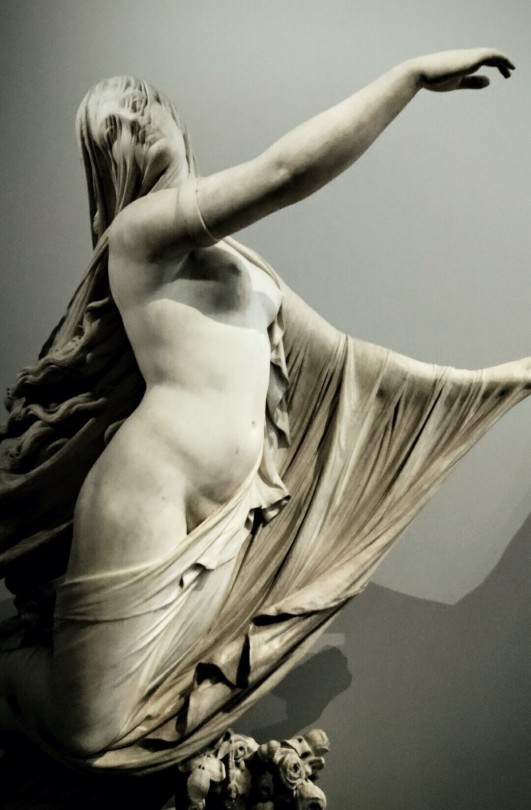
The Sleep of Sorrow and the Dream of Joy by Raffaelle Monti
Victoria & Albert Museum, London, 02 IX 2017
#art#sculpture#classical art#art history#historical art#19th century art#marble sculpture#my photography#victoria and albert museum#v&a#museums#art gallery#art galleries#museum#history#dark academia#dark art#dark aesthetic#dark academism#dark academia art#goth aesthetic#goth art#gothic art#Gothic
6K notes
·
View notes
Text

Male mindflayer and the dude it took it's beautiful form from
#artwork#artists on tumblr#digital art#ultrakill#fanart#videogame fanart#ultrakill fanart#ultrakill mindflayer#marble statue#marble sculpture#robot art#sculpture art#some blood
807 notes
·
View notes
Text
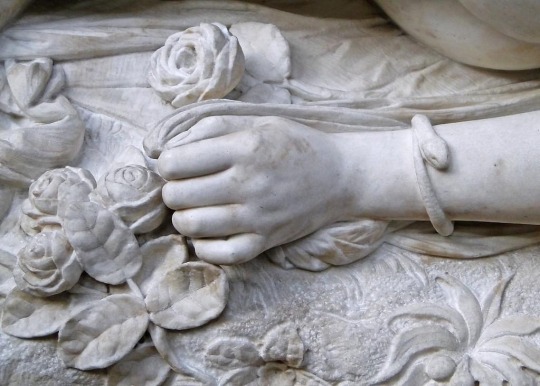
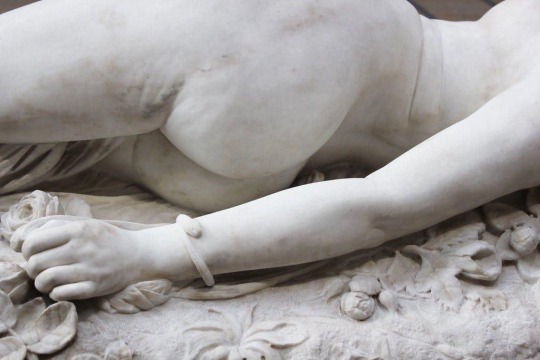
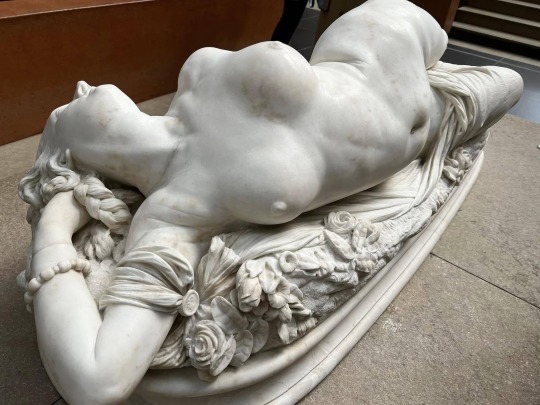
Woman Bitten by a Serpent is an 1847 marble sculpture by Auguste Clésinger (1814–1883), now in the Musée d'Orsay in Paris.
3K notes
·
View notes
Text

A 2,100-Year-Old Marble Statue of Mother Goddess Cybele Discovered in Turkey
An estimated 2,100-year-old rare marble statue of Cybele, the mother goddess of Anatolia, has been unearthed in excavations in northern Ordu province located on the Black Sea coast.
The historic sculpture of Cybele sitting on her throne weighed a whopping 200 kilograms and was about 110 centimeters tall.
The statue is also the first marble statue found in Turkey in its original place.
The ancient artifact was unearthed in excavations launched by a team of 25 archeologists led by the head of the Department of Archeology in Gazi University, Prof. Dr. Süleyman Yücel Şenyurt, in the 2,300-year-old Kurul Kalesi, or the Council Fortress.

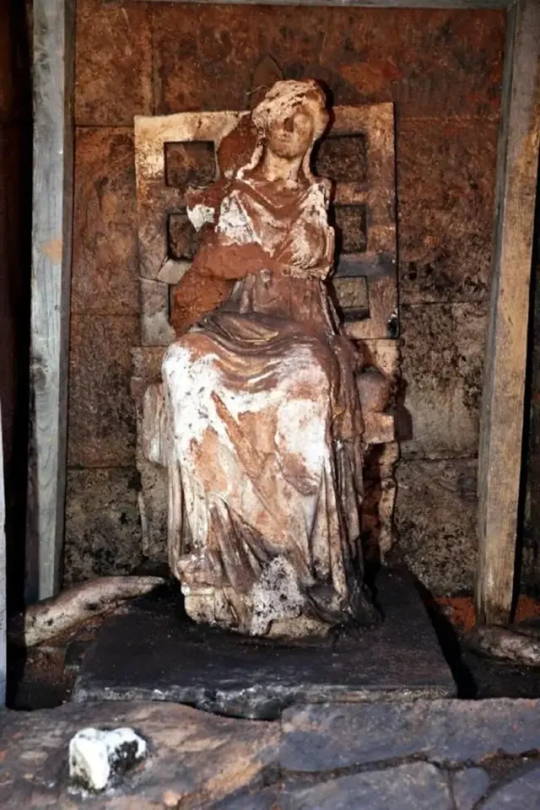
"We are continuing our work non-stop. Two days ago we found an extraordinary artifact. According to our research, the statue remained intact after the walls of the entrance of the fortress of Kurul collapsed during an invasion by Roman soldiers. This statue has also shown us that the fortress of Kurul in Ordu was a very important settlement [in ancient times]," Prof. Şenyurt said.
Saying that it was an incredibly rare find, the professor said that they were proud to unearth such an artifact in Turkey. He also said that the priceless statue would be later on transferred to the archeology museum in Ordu.
The professor also said that the first attempts to conduct excavations in the area were made about 6 years ago, but had been postponed for various reasons.


Meanwhile, Mayor Enver Yılmaz also pledged to provide TL 500,000 in funds to all excavations in the fortress of Kurul. He also said that the fortress will be turned into an open air museum in the near future and hopes the excavations will contribute to tourism in the region as well as in Turkey.
The excavations in the fortress are also the first archaeological diggings on the eastern coast of the Black Sea.
Cybele, an Anatolian mother goddess, is the symbol of prosperity with her pregnant belly, seated on her throne.
In Anatolian mythology she was the personification of the earth. In Greek mythology in which she was equated to Earth-goddess Gaia, Cybele was mostly associated with fertile nature, mountains, town and city walls, as well as wild animals such as lions.

#A 2100-Year-Old Marble Statue of Mother Goddess Cybele Discovered in Turkey#fortress of Kurul#marble#marble statue#marble sculpture#the mother goddess of Anatolia#ancient artifacts#archeology#history#history news#ancient history#ancient culture#ancient civilizations#roman history#roman empire#ancient art
351 notes
·
View notes
Text

Apollo and Diana, an 1848 marble statue by American artist and sculptor Thomas Crawford.
This captures their essence quite well imo!
#artemis#goddess artemis#goddess diana#marble statue#marble sculpture#apollo#apollon deity#god apollo#greek gods#greek mythology#ancient greek#greek history#roman mythology#roman gods#roman history#rome#spqr#Thomas Crawford#Diana#theoi
534 notes
·
View notes
Text
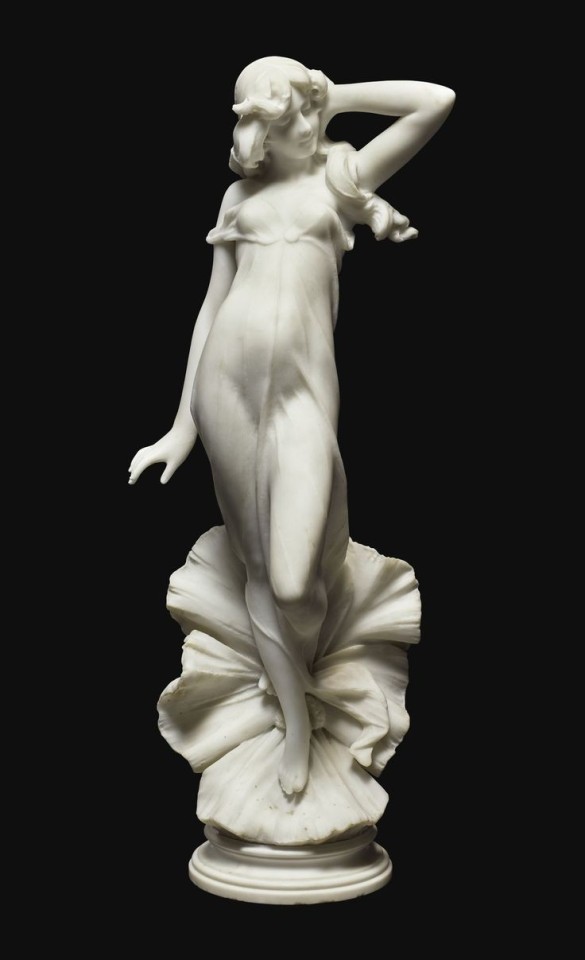
Nymph, late 19th century
By A. Batacchi
#art#fine art#beauty#italian art#italian sculptor#sculpture#nymph aesthetic#marble#marble sculpture#marble statue#aesthetic#classical art#women#european art#19th century art
2K notes
·
View notes
Text


Diana the Huntress, Bernardino Cametti, 1770
I’m absolutely in love with all Diana/Artemis statues 🌙🌌
#greek sculpture#greek mythology#roman goddess#roman art#greek bust#diana goddess#artemis#tagamemnon#greek gods#marble statue#historical art#ancient art#greek art#art#marble bust#marble sculpture
344 notes
·
View notes
Text

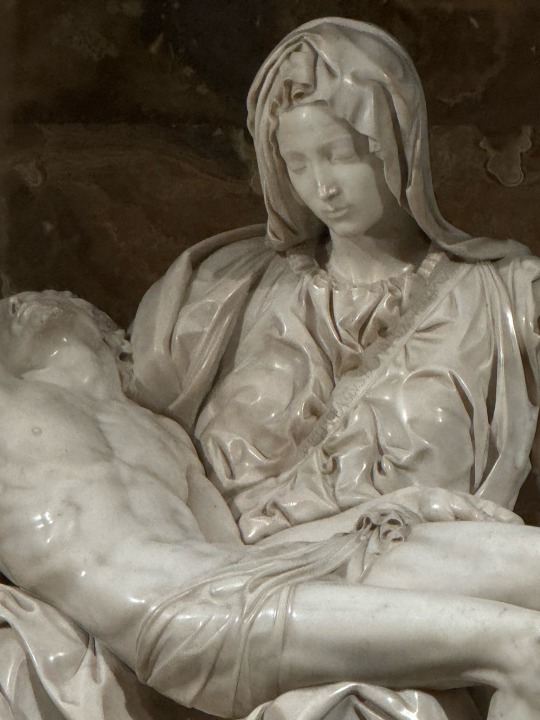
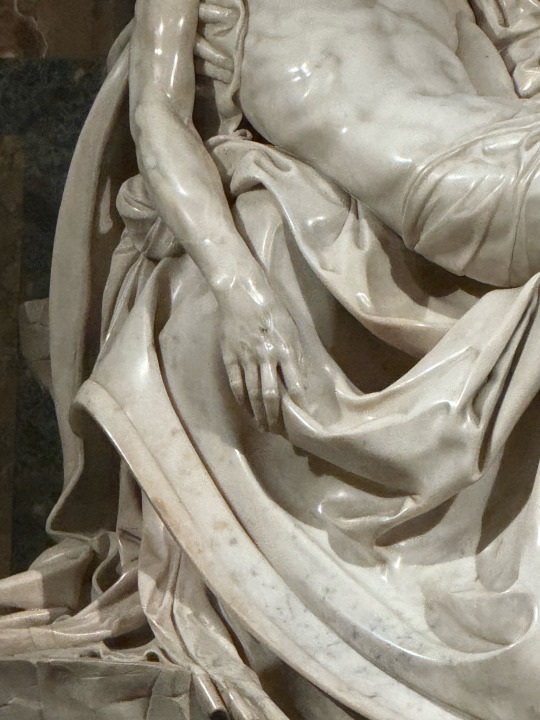
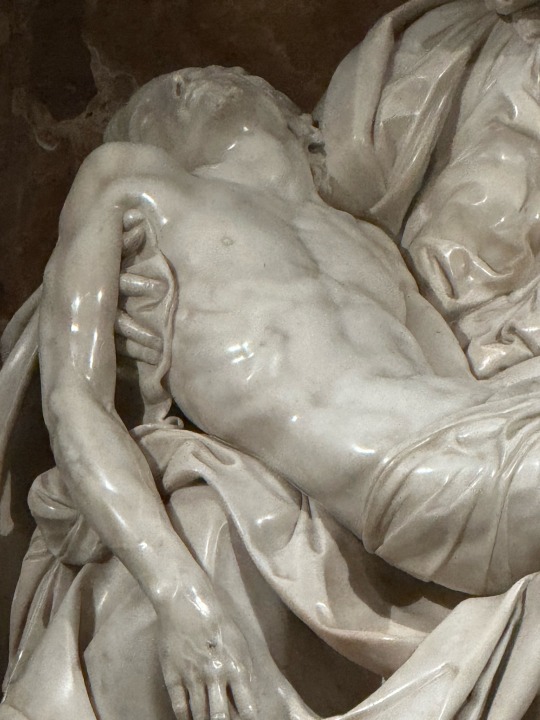
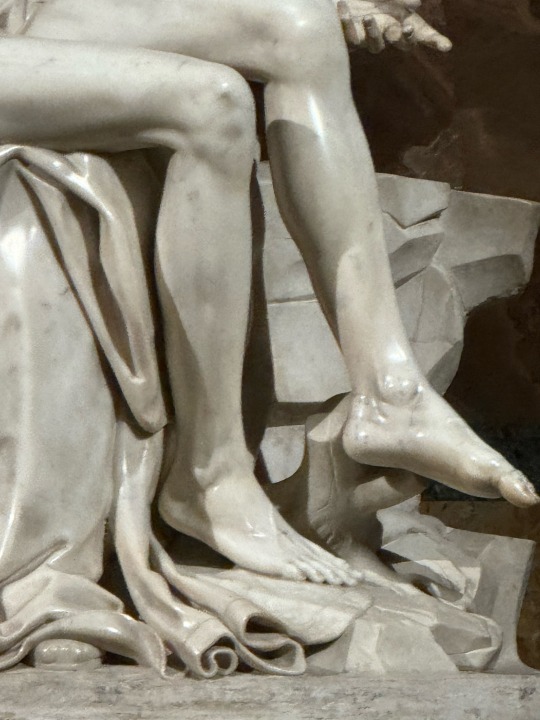
The sorrow of a Mother who knew. The Madonna della Pietà, Michelangelo. 1499. Saint Peter’s Basilica, Rome. Photographer @enduringhosts 04/01/2025.
#rome#vatican#pieta#michelangelo buonarroti#rinascimento#renaissance#marble statue#sculpture#art history#art#photography#virgin mary#marble sculpture
93 notes
·
View notes
Text

“Thank you, Father.”
First phan art of 2025! Happy new year!
Based on the statue ‘Young Tarentine’ by Alexandre Schoenewerk.
Sorry dad @danielhowell
#dan and phil#daniel howell#phan#phil lester#amazingphil#dan howell#danisnotonfire#my art#phan art#phanart#sister daniel#father philip#daniel howell art#marble statue#marble sculpture
116 notes
·
View notes
Text

Monumental marble statue of Athena (Minerva) found in one of the most important rooms of the Villa of the Papyri, Herculaneum.
National Archaeological Museum of Naples. Photo: Giorgio Albano
1K notes
·
View notes
Text
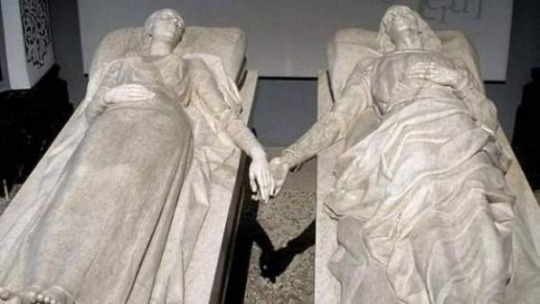
“i wanna love you ‘til we’re food for the worms to eat. ‘til our fingers decompose, keep my hand in yours.”
#dreamcore#liminalcore#liminal#pale blog#pale aesthetic#coquette angel#angel aesthetic#angelcore#angelic#marble statue#marble sculpture#statue#sculpture#lovecore#forever love#classical art#yancore#hold hands#until i die#until then#death do us part#cemetery#noah kahan#everywhere everything
57 notes
·
View notes
Text


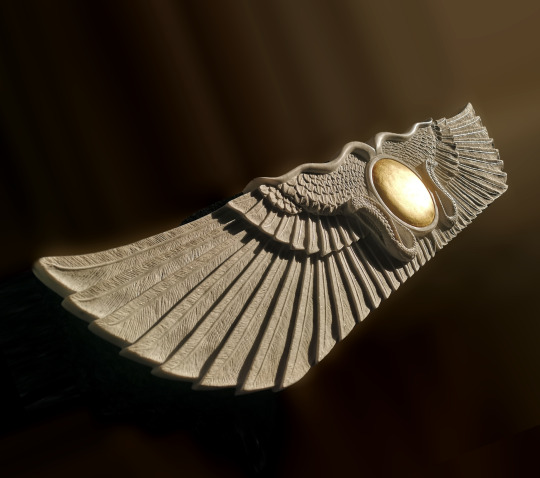
My rendition of the Ancient Egyptian Winged Sun symbol, hand carved in Carrara marble and gilt with 24 carat gold.
#sculpture#stone carving#traditional art#art#egypt#egyptian#ancient egypt#egyptology#egyptian art#ancient egyptian#ancient egyptian art#handcarved#carrara marble#carving#marble sculpture#wall sculpture
418 notes
·
View notes
Text
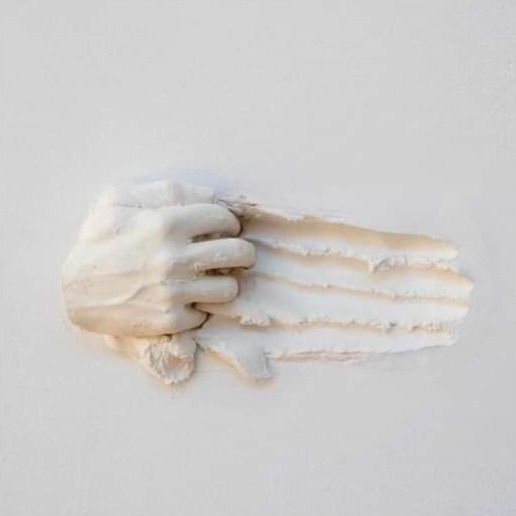


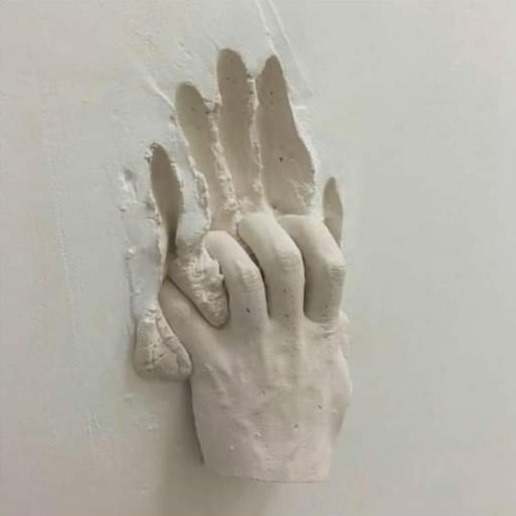
White Aesthetic
#white aesthetic#marble statue#marble sculpture#life quotes#book quote#book quotes#quotes#quotations#book quotations#quoteoftheday#beautiful quote#life quote
622 notes
·
View notes
Text



Roman Marble Portrait of Agrippina The Elder Julio-Claudian Period, 1st century A.D
#Roman Marble Portrait of Agrippina The Elder#Julio-Claudian Period#1st century A.D#marble#marble statue#marble sculpture#ancient artifacts#archeology#archeolgst#history#history news#ancient history#ancient culture#ancient civilizations#ancient rome#roman history#roman empire
302 notes
·
View notes